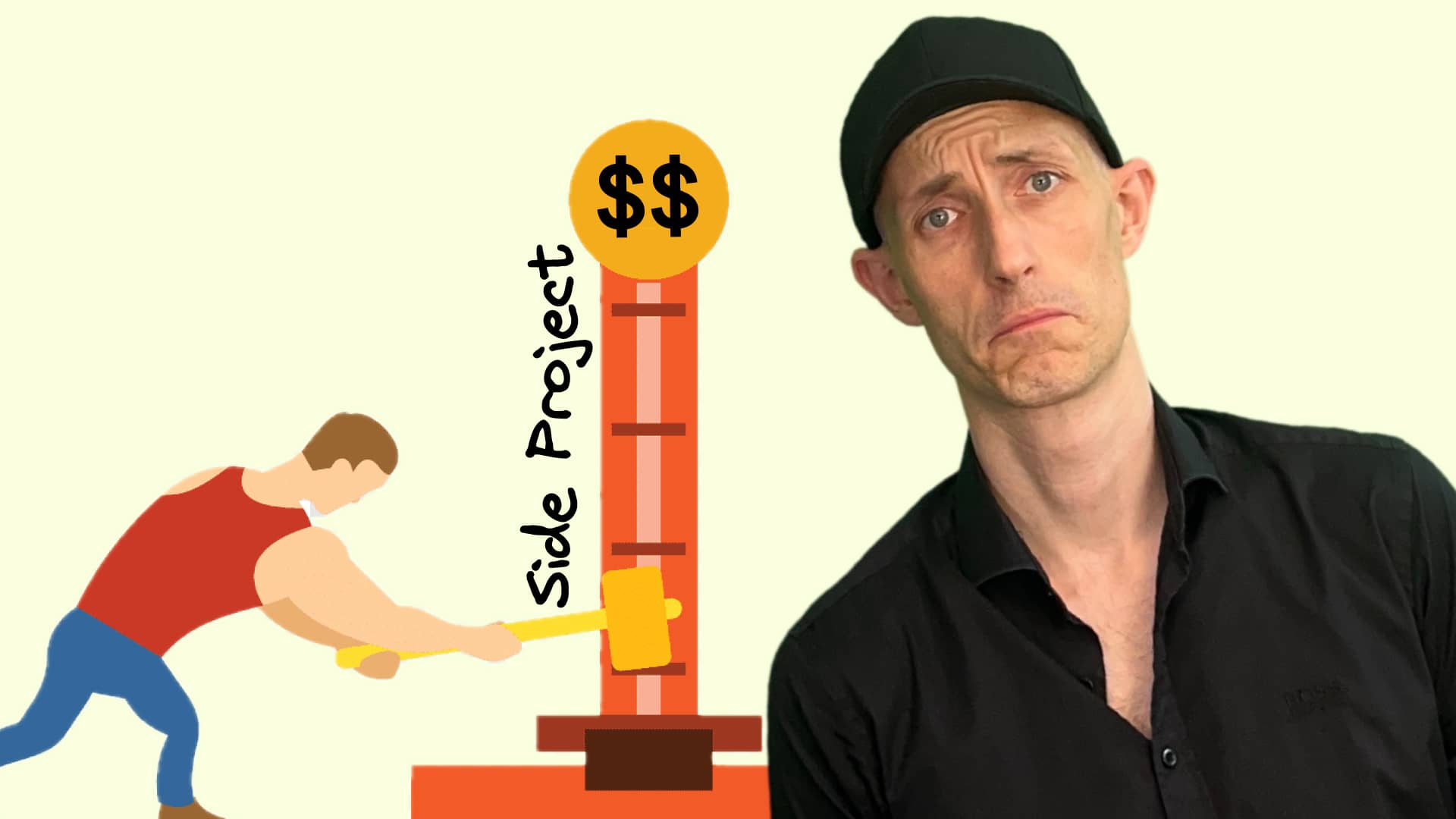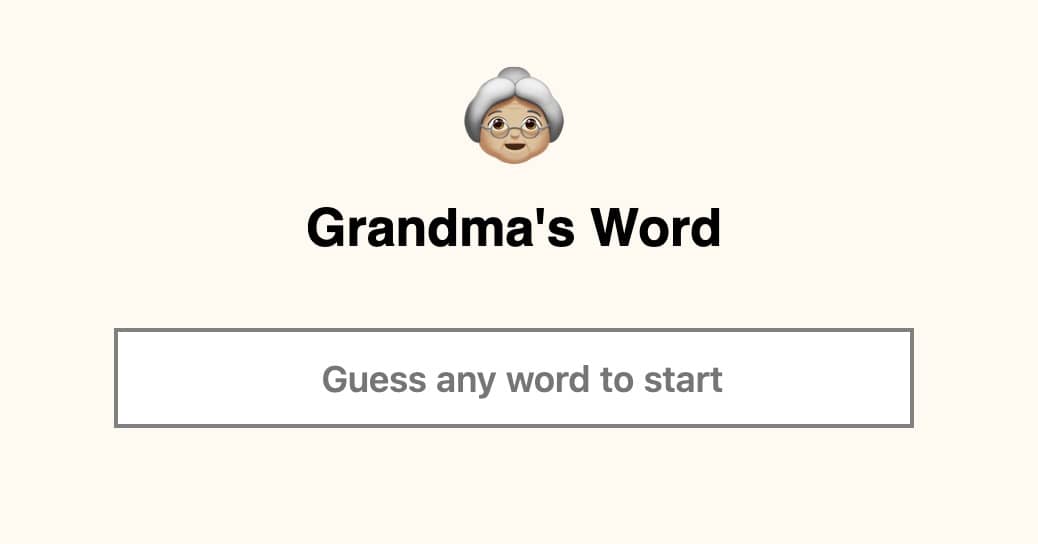How I Evaluate Side Projects - Insights from a Software Entrepreneur

This morning, I stumbled upon a Hacker News post that got me thinking. It was about an app called “Grandma’s Word” - a simple word guessing game. But it wasn’t the app itself that caught my attention. It was what it represented: a side project.

My name is Till Carlos, and I’m a technical product manager. On this channel, I document how my software teams become more effective.
As a business owner, I see a lot of side projects from people wanting to work for me. And let me tell you, they’re not all created equal. So, I thought I’d break down how I evaluate these projects. Trust me, it’s not as straightforward as you might think.
Why Side Projects Matter
Before we dive in, let’s talk about why side projects are so damn important. They’re a public demonstration of work. They show initiative, passion, and skills in action. In my experience, people with solid side projects often perform better on the job. Why? They’ve already put in the reps. They’ve figured things out on their own time.
I’ve been there myself. Before landing my first freelance gig, I sunk six months into a side project that made a whopping… $200. But you know what? It prepared me for the real deal.
The Crucial Stuff
1. Is It Complete?
This is the biggie, folks. I want to see something that works. Not just a half-baked idea or a tutorial you followed. I’m talking about:
- Can I actually use it?
- Are there error messages, or does it just break?
- Can I log in myself, or is the signup process broken?
A complete project looks vastly different from a proof of concept. It shows you can finish what you start.
2. What Was Your Contribution?
Here’s where many applicants mess up. They send me a URL to a big project (like Shopify) without specifying their role. That’s useless to me. I need to know exactly what you did.
The best way to showcase this? A blog post. Which brings me to my next point…
The Gold Standard: Documentation
Want to really impress me? Document your process. A well-written blog post explaining your project, the challenges you faced, and how you overcame them is worth its weight in gold.
The perfect example? How I Created 175 Fonts Using Rust. If I see a blog post like this, I might not even need to test you in an interview. It’s that good.
The Interesting Bits
Why Did You Build It?
I always ask this. The answer tells me a lot about a candidate. Are they solving an interesting problem, or did they just follow a tutorial to pad their resume?
Here’s a hard truth: people who build things just to get a job often aren’t the best coders. I’m looking for folks who are intrinsically motivated to solve problems.
How Deep Did You Go?
Did you just slap together a Ruby on Rails starter template, or did you tackle a complex problem? The depth of your project says a lot about your skills and passion.
What’s the Tech Stack?
I want to know what you used and why. Did you choose your tools thoughtfully, or just go with what was trendy?
The Nice-to-Haves
How Long Did It Take?
It’s interesting to see if you can estimate and reflect on development time. It’s not crucial for a technical role, but it shows good project management skills.
How’s the Design?
For a backend developer, this is less important. But a consistent, clean design is always a nice bonus. Just don’t prioritize it over solving actual technical problems.
Remember, as a business owner, I’m looking for A-players. Show me you can solve problems, explain your process, and complete projects. Do that, and you’re already ahead of the pack.
Got a side project you’re proud of? I’d love to hear about it in the comments. And if you want to dive deeper into our software development process, check out our other videos on the channel.
